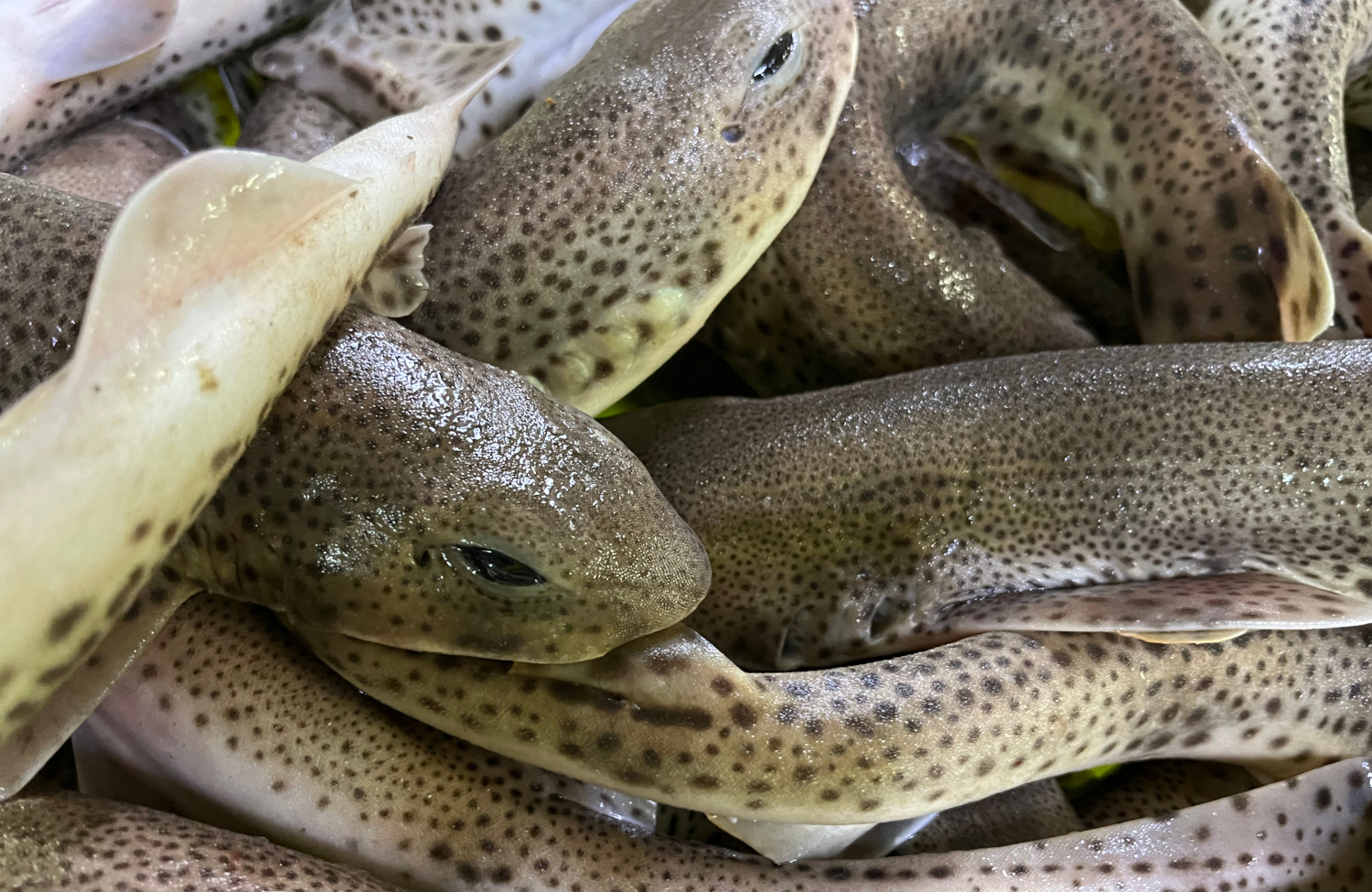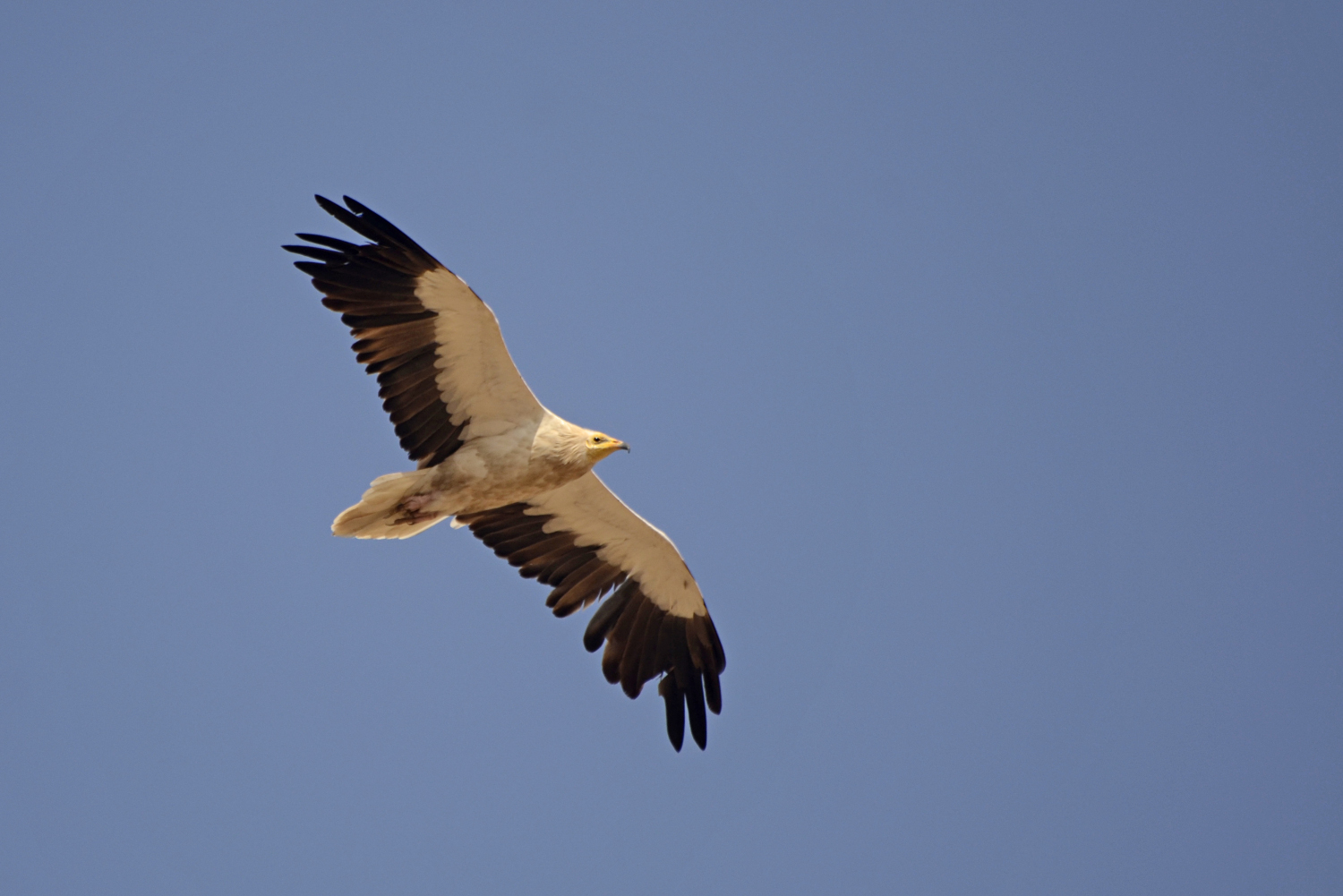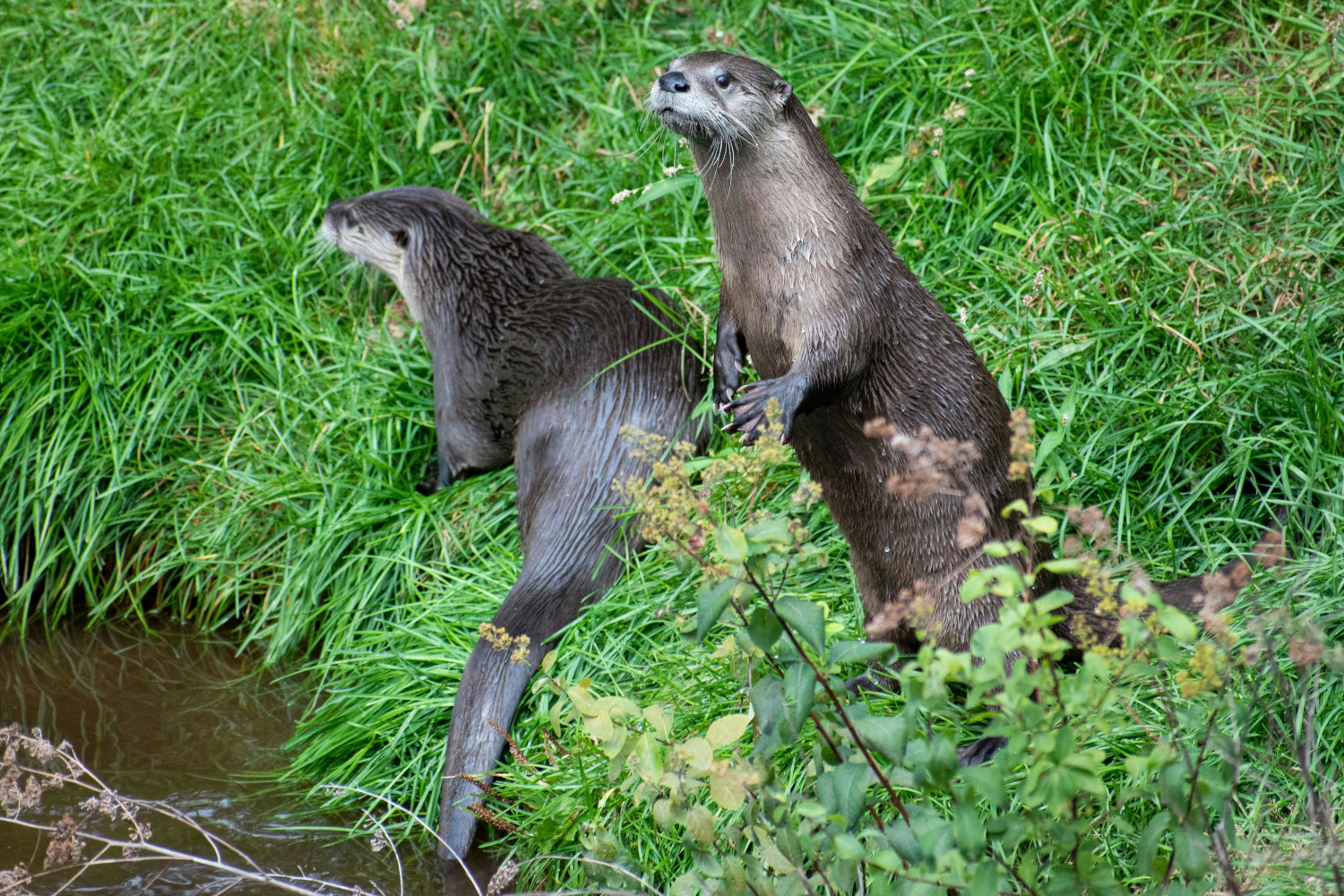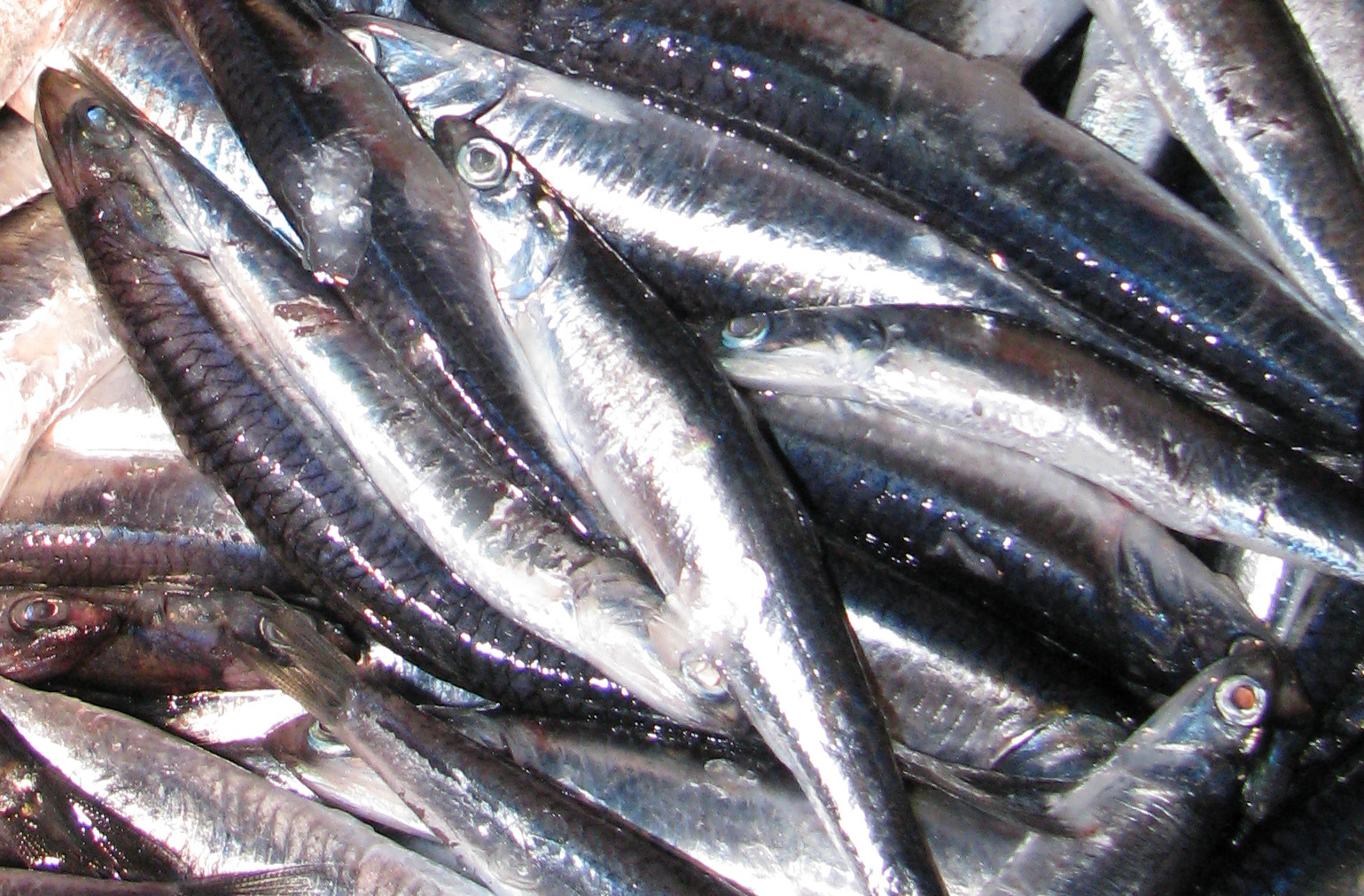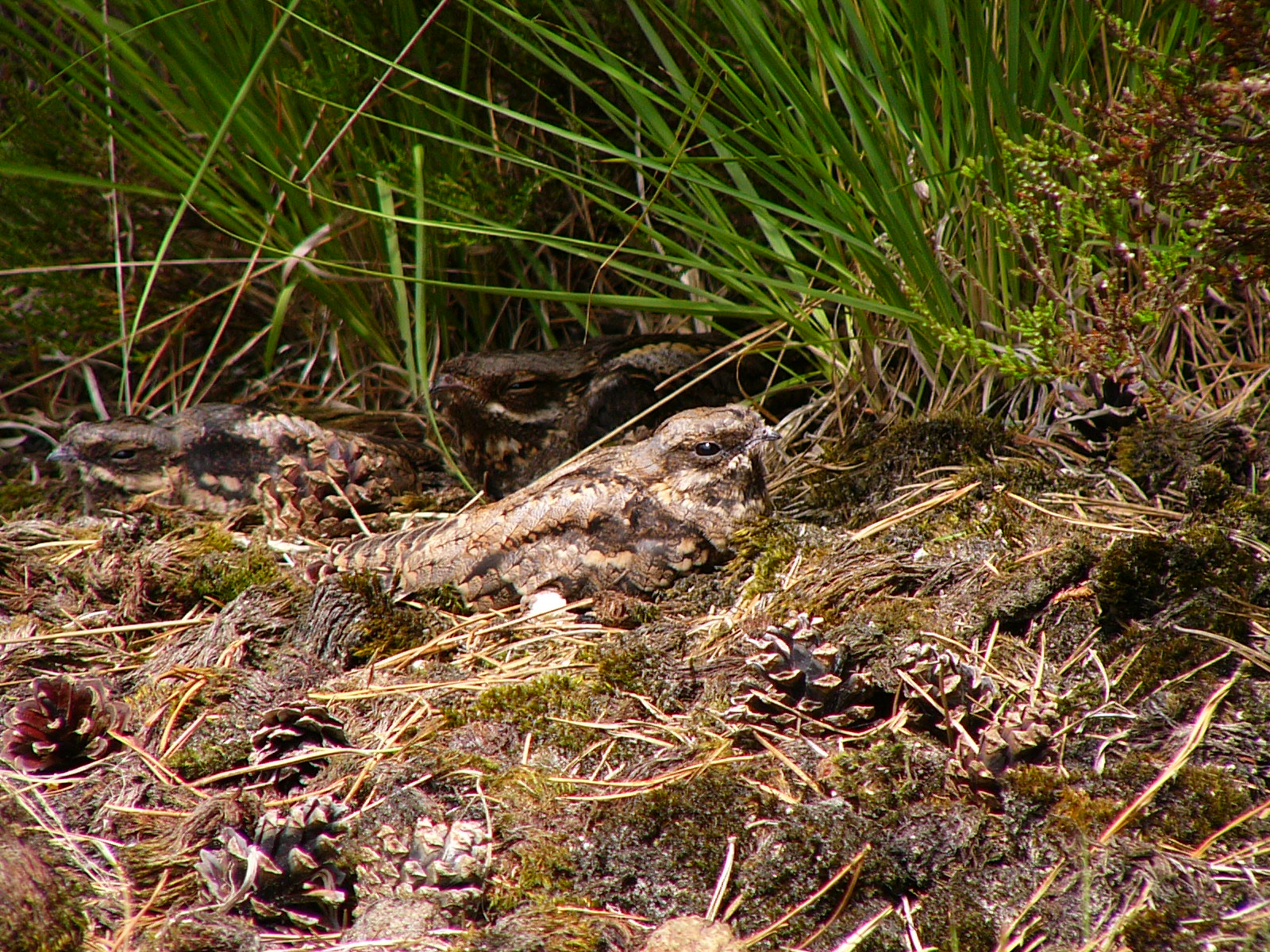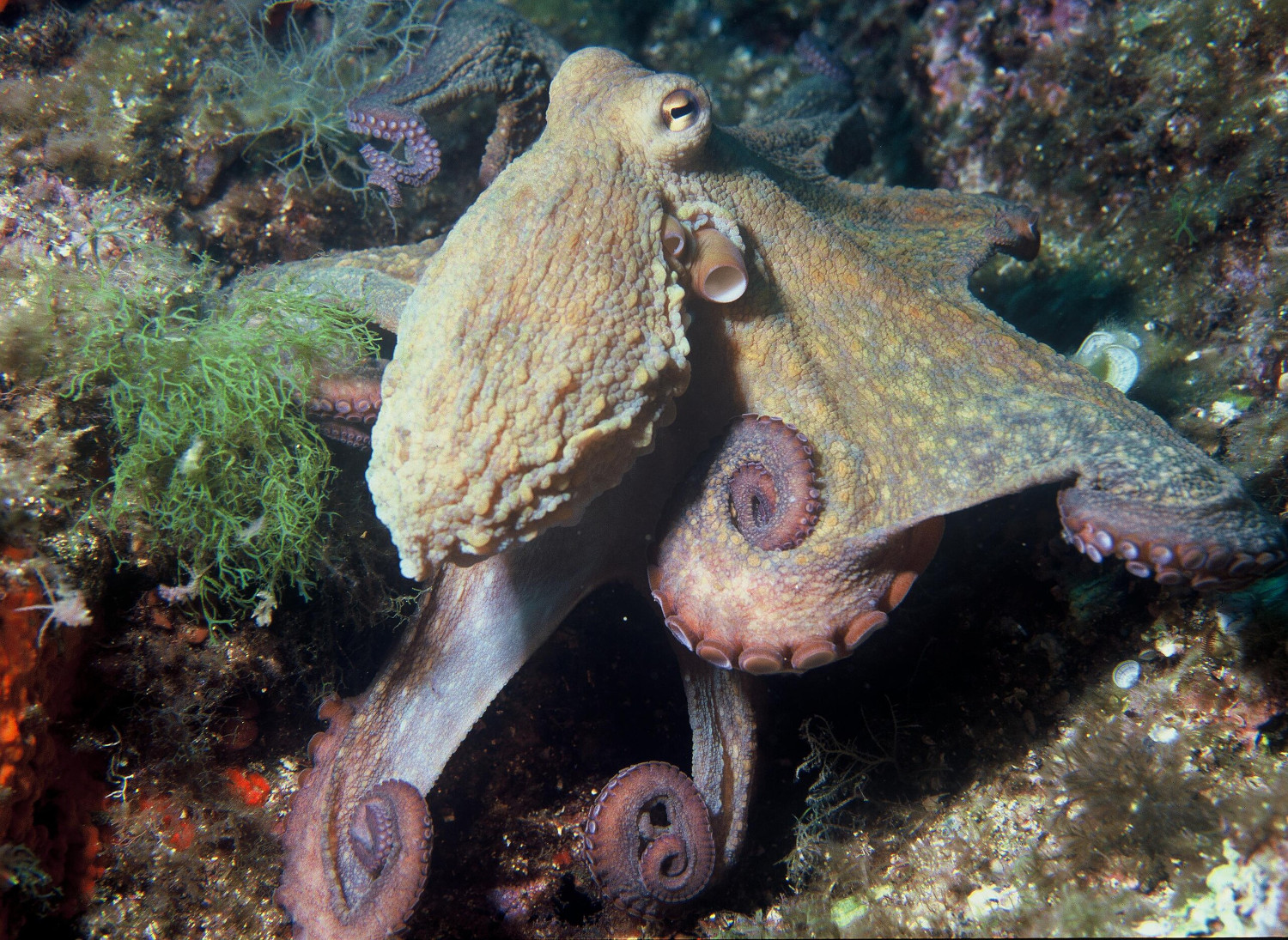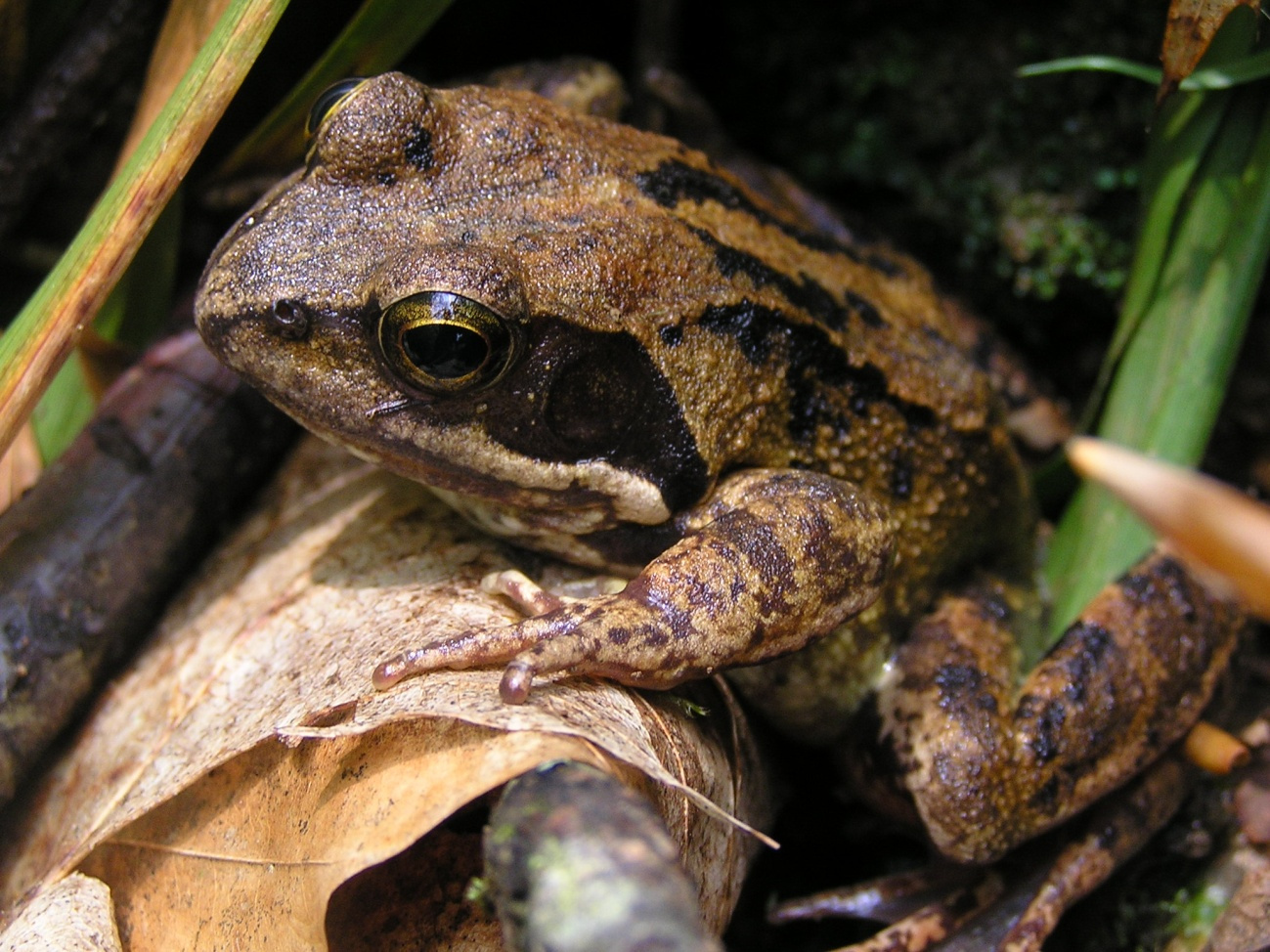Not tasting, not blowing in nightmares
- We will close our eyes and immerse ourselves in the seagrass beds of our coast. Yes, because grasses don't just appear on the mountains. There are fish from goats and cows, with few similarities beyond the designation of terrestrial animals. However, no fish that has taken the name of the sea sheep is listed in our dictionary. But if you ever have, there should be some herbivore fish. In addition to the written dictionary, the oral heritage also holds some treasures.

Sabia (Salpa Sarpa)
Group: Vertebrate / Fish
Size: 30-55 cm.
Where does he live? Spring and autumn that consider them high, near the coast and at shallow depth (30 m). Otherwise, in the open sea, at deeper depths, in larger banks.
What do you eat? In early stage plankton, juvenile crustaceans and adult algae.
Level of protection: It is not protected.
In some towns along the Basque coast, as in Hondarribia, an algae called "salbia" has been known from generation to generation. For the fish that eats this algae has been called "salvia fish", "sage" or "sage" in Getaria, and "roof" in Bizkaia; more west, simply, "bedarjale". Number of names for the same fish. It would not have been so unknown at the time, with such a rich terminology.
Four more centuries ago, the texts of the southern Iberian Peninsula cited a fish that would return as "fishmonger": "salema." This is still known in Spanish, or as "salpa", "soup" or "saboga", which is closer to our language. But the dreamer is not the fish, but the person who dislikes their meat. According to the legend that comes from the area of Morocco, dreams also did not like it so much. The Romans apparently also used it as a drug and, according to others, as a drug. A legend or belief, that fish has not gone unnoticed. It has gone through centuries and seas and has come to the voice of our blackheads. But what's behind all this? Well, if you look at science, you can find some answer to explain some things.
Although this fish eats small crustaceans as a young man, adults become vegetarians. Especially in the Mediterranean area, the leaves of some species of algae that are part of the diet of the sage (Caulerpa spp., among others) can find some alkaloid toxins that, once ingested by the sage, in some cases can accumulate in the meat, especially in the liver and head, which affects the consumer, is not so clear. As if it were not enough (for the reader to relax), the algae that eats the sage in our environment is sea lettuce or water lettuce (Ulva lactuca), increasingly used in gastronomy. Also significant is the bad smell that comes out if the viscera were not emptied immediately after fishing the fish, as a result of the digestion of the algae accumulated in the stomach. But if it cleans nothing else to catch the fish, some cooks say it has a taste worthy to praise among the spasms (golden, liron, sea bream, etc. ).
I'm at least going to look right at the fishmonger, because although the sage is not so common, to find it, it's not an expensive fish. Silver oval body with small eyes and yellowish longitudinal lines that cross the entire body. In our country, Iparralde is better known. Of course there will be a lot of ways to cook, but in one way or another, it is clear to me that I will not rule out the possibility of nap after eating. Many would already have liked it, but if they had nightmares afterwards, nobody has recognised it.
Itsasoan badira landareen itxura izan arren animalia harrapari diren izaki eder batzuk: anemonak. Kantauri itsasoan hainbat anemona espezie ditugun arren, bada bat, guztien artean bereziki erraz atzemateko aukera eskaintzen diguna: itsas-tomatea.
Ugaztunei eskainitako azken artikuluaren amaierako hitzak hurrengo animalia aurkezteko aitzakia paregabea dira. Bertan esaten genuen muturluzeak erreka “garbi eta txukunak” behar dituela, kutsadurarik gabeak baina elementu natural anitzekin. Animalia txiki horren... [+]
Antxoa, bokarta edo albokartia, gure arrain komertzialen artean txikiena, euskal kostaldera hurbildu da.
Katalanen ustetan artzainak engainatzen omen ditu hegazti honek: “enganyapastors”. Espainiar eta latindarrek, aldiz, ahuntzari esnea kentzen diola diote, hortik datorkio hain zuzen ere izen zientifikoan (Caprimulgus europaeus) islatzen den caprimulgus (capra... [+]
Leihatila honetan behin baino gehiagotan azaldu ditugu Ama Naturaren engainuak bere izakiak babestearren. Batzuetan, erle edo liztor itxura zuten euliak ekarri ditugu, beste batzuetan inongo arriskurik ez duten arrisku-kolorazioko intsektuak ere bai (kolorazio aposematikoa... [+]
Nekazal eremu lehor baten erdian ageri da putzua. Txikia da tamainaz, eta ez oso sakona. Egunak dira euririk egiten ez duela, baina oasi txiki honek oraindik ere aurretik bildutako urari eusten dio. Gauak eremua irentsi du eta isiltasunaren erdian kantu bakarti bat entzun da... [+]








